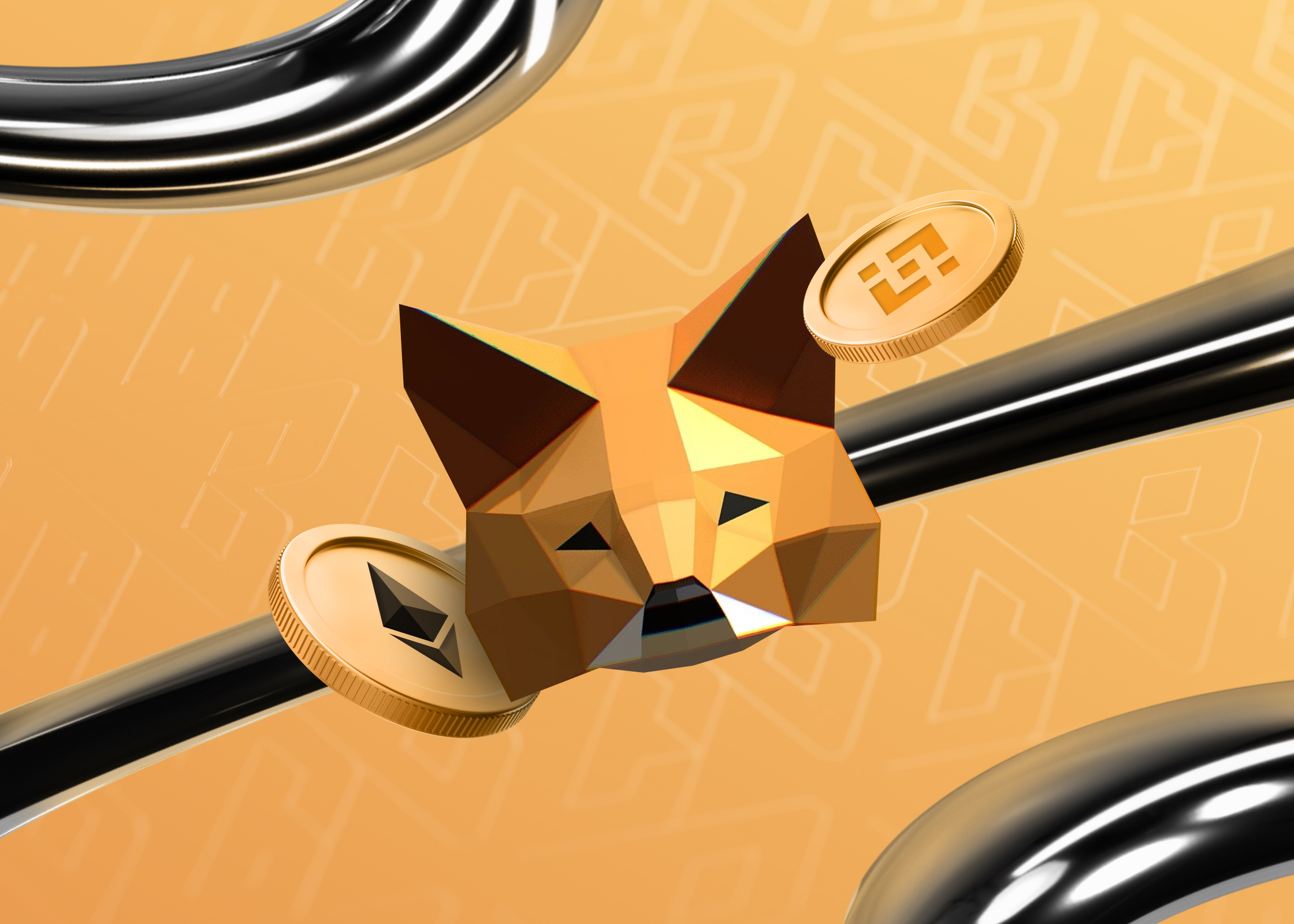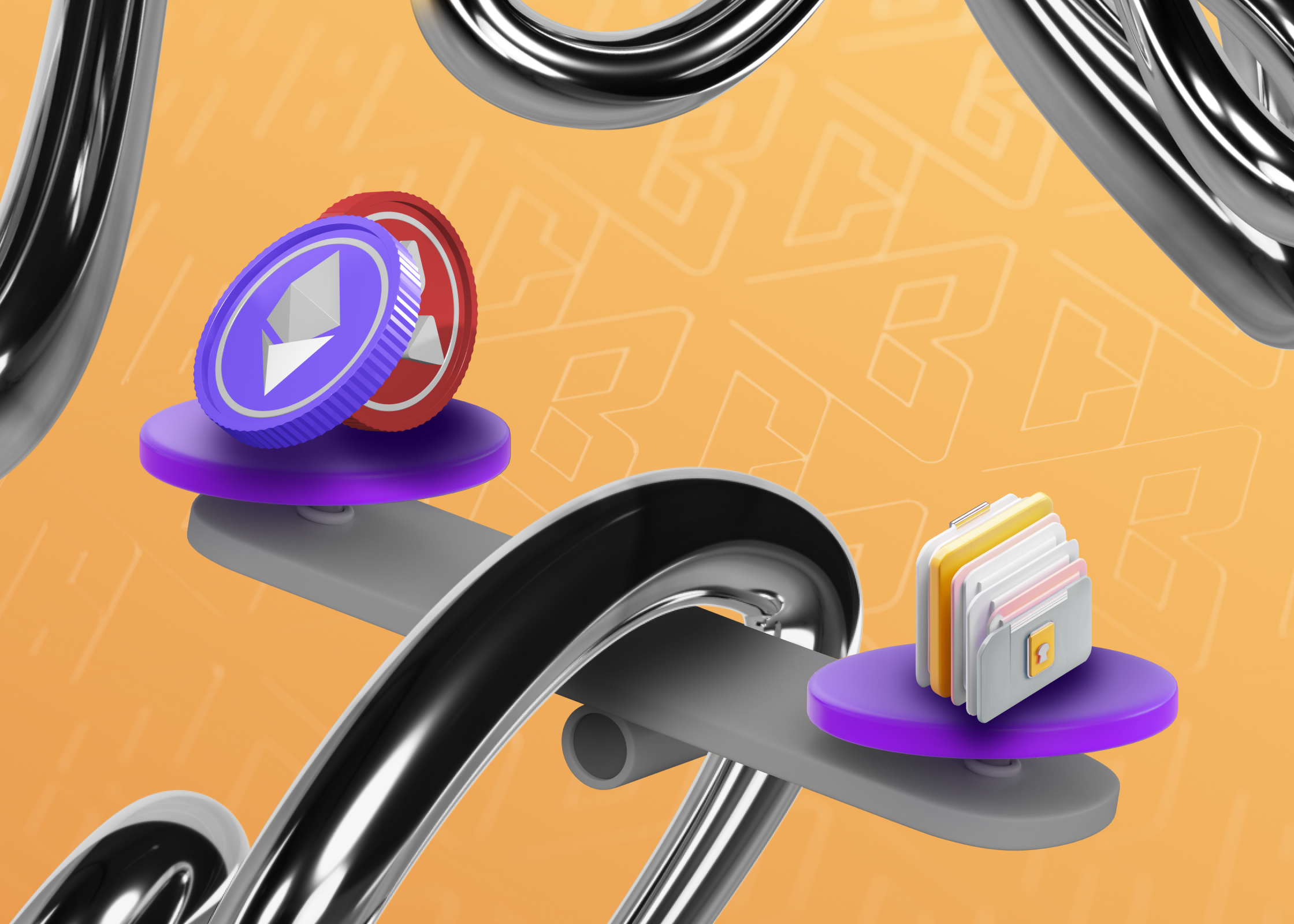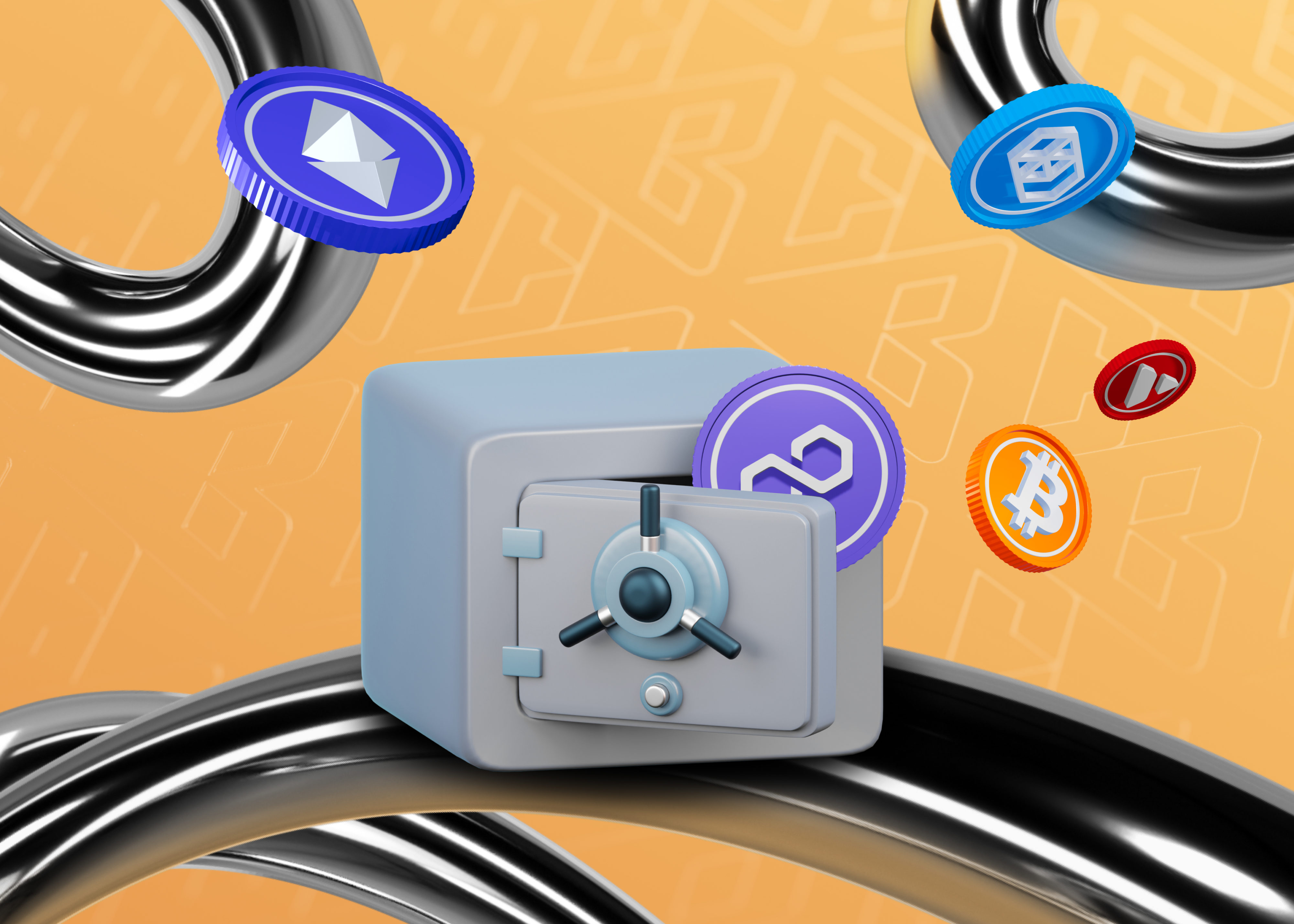How to Set Up a Crypto Wallet? Getting to Know MetaMask

MetaMask is the most popular wallet for working with crypto. In our previous article, we reviewed various wallets and concluded that MetaMask is an excellent option for both beginners and experienced investors. In this article, we’ll tell you everything you need to know about one of the first crypto wallets and how to set it up.
What is MetaMask?
MetaMask is a crypto wallet and a gateway to decentralized applications (dApps). It can be used as a browser extension or a mobile app.
MetaMask bridges your regular browser and the blockchain. Your browser can’t interact with the blockchain, so it’s designed to view regular websites. MetaMask is installed as a browser extension that can connect as a wallet to websites, allowing you to interact with the blockchain through your browser.
What can you do with MetaMask?
- Store and transfer crypto and NFTs issued on Ethereum and compatible blockchains;
- Access decentralized applications;
- Exchange tokens;
- Interact with decentralized exchanges (DEXs).
MetaMask was created in 2016 by ConsenSys. Now, millions of people worldwide use it. ConsenSys is one of the leading developer companies in the crypto sphere. ConsenSys was founded in 2014 by Ethereum co-founder Joseph Lubin. This company is a key player in the blockchain technology ecosystem. The company focuses on developing infrastructure for Ethereum (including the MetaMask wallet), provides blockchain consulting for businesses, invests in Web3 startups, and conducts educational programs. Through its activities, ConsenSys develops the Ethereum ecosystem and implements blockchain technologies in various areas of business and society.
Our fund has invested in ConsenSys and other fundamental projects, and we’re very proud of this!
What Coins Can You Hold in a MetaMask Wallet?
MetaMask was created to work with Ethereum and ERC-20 standard tokens.
However, its capabilities are broader:
- Ether (ETH) — the main crypto of the Ethereum network.
- ERC-20 tokens — any tokens created on the Ethereum blockchain according to the ERC-20 standard. Such tokens include AAVE, UNI, CRV, PEPE, and stablecoins USDT, USDC, and others.
- ERC-721 tokens (NFTs): MetaMask supports storing and displaying non-fungible tokens.
- Tokens from other compatible networks: After configuration, MetaMask can work with tokens from networks like Binance Smart Chain (BNB Chain), Polygon, Avalanche, and many others.
To display tokens other than ETH, you need to add their contracts to MetaMask manually or through import. It might sound complicated now, but don’t worry — we’ll explain this below.
Advantages of the MetaMask Wallet
MetaMask stands out among other crypto wallets for several reasons:
- First and foremost, it’s developed by a well-known company, which inspires user confidence;
- The wallet supports a wide range of crypto, making it a universal tool for managing digital assets;
- In addition to basic wallet functions, the app has additional features that expand its functionality: portfolio tracker, exchange aggregator, crypto purchases with debit cards (not available in CIS countries), and others.
- MetaMask’s interface is simple and intuitive, making it convenient for those who are just starting their journey in crypto;
- MetaMask is a noncustodial wallet. It means developers cannot access users’ private keys and seed phrases. This approach ensures full control of owners over their assets, and it’s secure;
- Another advantage of MetaMask part of its source code is open. It allows third-party developers to participate in improving the application. Moreover, the openness of the code enables independent experts to check the wallet’s security and identify potential vulnerabilities.
How to Work with the MetaMask Wallet?
This guide will look at working with MetaMask as a browser extension because most interaction with the DeFi ecosystem happens through a computer. If you want to store and send tokens using your phone, we recommend following the wallet selection guide: [LINK to the article about choosing a wallet]
Working with MetaMask involves several basic steps:
- Installation:
- Go to the official website, metamask.io.
- Download the extension for your browser or the app for your smartphone.
- Follow the installation instructions.
- Creating a wallet:
- Agree to the terms and click “Create a new wallet.”
- Then there will be terms again, which you must agree to.
- Create a strong password. It will open access to the wallet in your browser and can’t be recovered without resetting it.
- Click “Secure me,” write down, and save the seed phrase (12 words for recovery) on a reliable physical medium. The seed phrase is the most important information for protecting your crypto assets. We dedicated an entire article to it; read it at this link.
- To make it easier for you to work with, click on the extensions icon in Google Chrome, the puzzle piece icon to the right of the address bar, and then click the pin button on the “MetaMask” icon.
- Funding the wallet:
- Copy your address. To do this, click the copy icon to the right of the address.
- In the upper left corner, carefully look at which network your wallet operates on. By default, it’s Ethereum, but we recommend using Arbitrum or Optimism for a faster and cheaper experience.
- Fund the wallet with the network’s native coin. A native coin is the main digital currency used in a specific blockchain network and plays a key role in its functioning. For example, in the Ethereum blockchain, the native coin is ETH; for Tether, it’s USDT. After switching to the desired network, the balance is displayed on the main wallet screen.
- Sending crypto:
- You can see different buttons under the balance. We’re interested in “Send.”
- Enter the recipient’s address and amount.
- Confirm the transaction.
- Remember that to send transactions, you need the coin of the network you want to use. The coin is displayed on the wallet’s main page.
- Interacting with dApps:
- Go to the dApp website.
- Click “Connect wallet.”
- Choose MetaMask from the offered wallet options.
- Confirm the connection.
- Setting up networks:
- Open MetaMask.
- Click on the network name at the top.
- Select the desired network or add a new one using the “Add network” button.
- In the opened window, select the desired network and click the “add” button.
- If you can’t find the network you need, go to chainlist.org, select the desired network, click “Connect wallet,” and confirm the addition in the wallet.
Now You Have a Wallet in MetaMask
As you can see, setting up a crypto wallet is a very simple task!
MetaMask is a powerful and versatile tool for working with cryptocurrencies and decentralized applications. It’s suitable for first-time crypto users and experienced users who use it daily.
MetaMask is a popular solution for the DeFi ecosystem. It can be used as a mobile app or a browser extension.
It supports Ethereum and compatible networks, is easy to use, has broad functionality, and provides high security.
Its main advantage is its popularity. It’s the most trusted hot wallet among users, so any DApps must first allow users to connect to the MetaMask wallet and check its correct operation.
When using MetaMask, it’s important to follow basic security rules:
- Don’t share your seed phrase with others.
- Regularly create backups.
- Carefully check all transactions before confirming.
We wish you frequent transactions and low fees!
Follow Banana Education to experience the most interesting things from the crypto world. Our social media:





 Joining Us?
Joining Us?